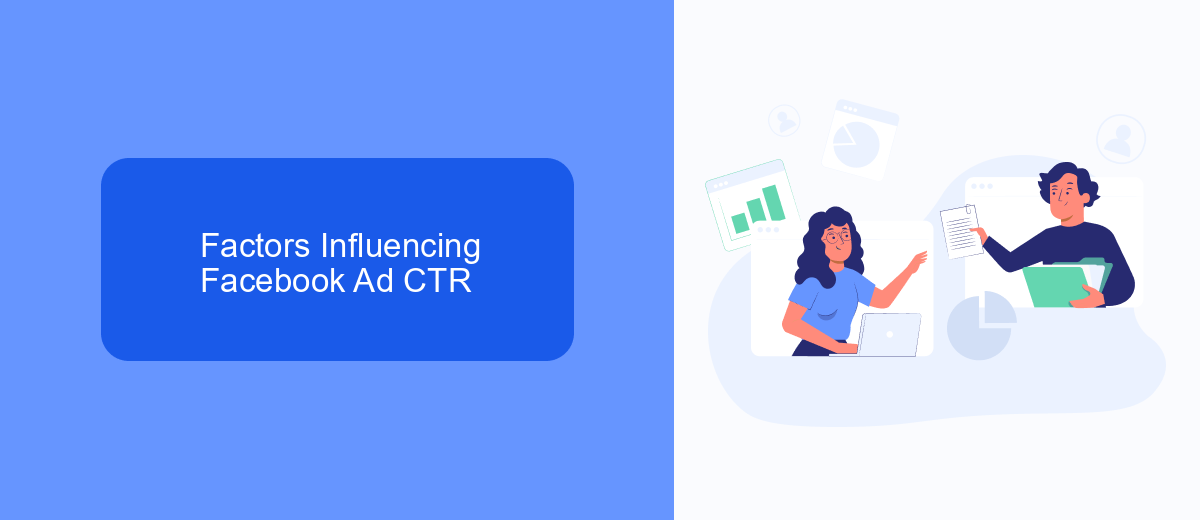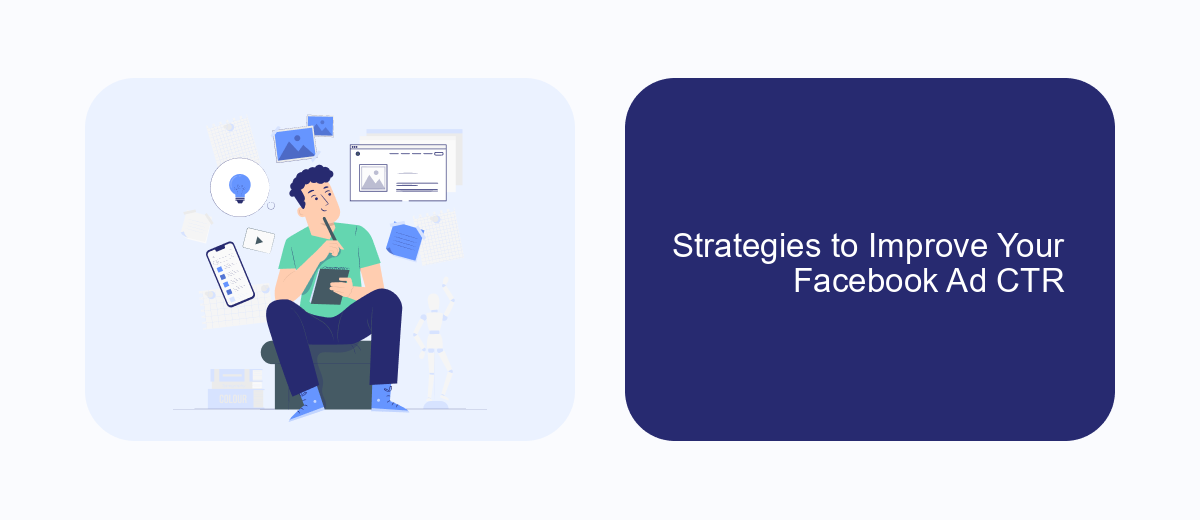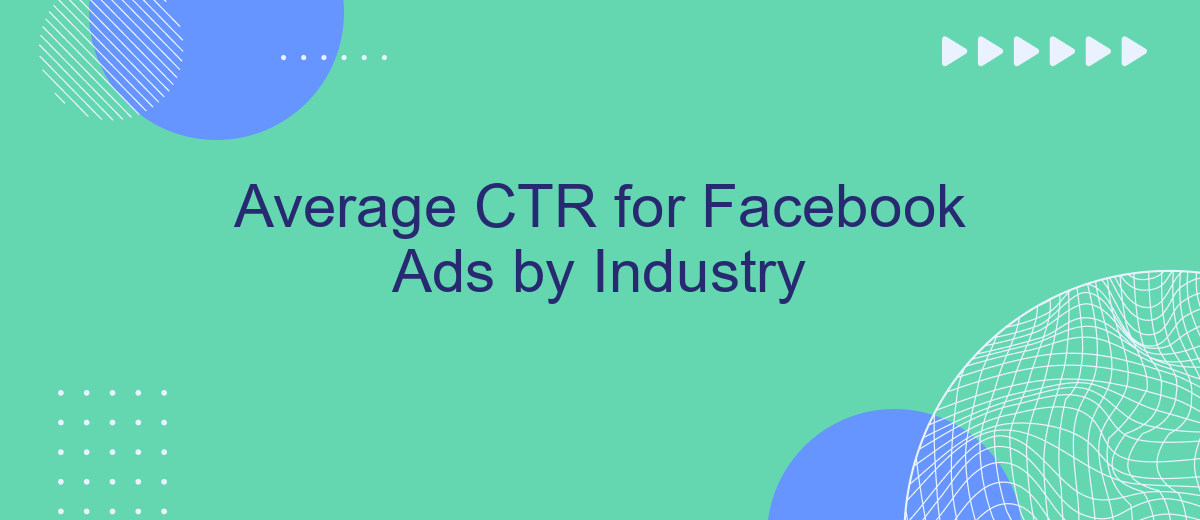Understanding the average click-through rate (CTR) for Facebook Ads across different industries is crucial for optimizing your advertising strategy. This metric serves as a benchmark to evaluate the effectiveness of your campaigns, helping you identify areas for improvement and set realistic goals. In this article, we will explore the average CTR for various industries, providing insights to enhance your Facebook advertising efforts.
Understanding Facebook Ad CTR and Its Importance
Facebook Ad Click-Through Rate (CTR) is a crucial metric that measures the effectiveness of your ad campaigns. It represents the percentage of people who clicked on your ad after seeing it. A higher CTR indicates that your ad is engaging and relevant to your audience, leading to better results and a higher return on investment (ROI). Understanding and optimizing CTR can significantly impact the success of your advertising efforts on Facebook.
- Engagement: A high CTR means your audience finds your ad appealing and engaging.
- Relevance: It reflects how well your ad matches the interests of your target audience.
- Cost Efficiency: Higher CTRs often lead to lower costs per click, maximizing your budget.
- Performance Indicator: CTR is a key performance indicator for assessing the success of your ad campaigns.
By closely monitoring your Facebook Ad CTR, you can identify which ads resonate with your audience and which need improvement. This insight allows you to refine your targeting, messaging, and creative elements to enhance engagement and drive better results. Ultimately, a well-optimized CTR contributes to more efficient ad spending and improved campaign performance.
Factors Influencing Facebook Ad CTR

The Click-Through Rate (CTR) of Facebook ads can be significantly influenced by several key factors. Firstly, the relevance and quality of the ad content play a crucial role. Ads that are visually appealing and contain engaging, targeted messaging are more likely to capture users' attention. Additionally, understanding the target audience and tailoring the ad to their specific preferences and behaviors can enhance CTR. This involves using demographic data, interests, and online behavior to create personalized ad experiences that resonate with the audience.
Another important factor is the timing and frequency of ads. Running ads at optimal times when the target audience is most active can improve visibility and engagement. Furthermore, the use of A/B testing to experiment with different ad formats, visuals, and copy can help identify what works best for a particular audience. Integrating tools like SaveMyLeads can streamline the process of collecting and analyzing lead data, allowing businesses to refine their ad strategies effectively. By leveraging these insights, advertisers can optimize their campaigns to achieve higher CTRs.
Average CTR Benchmarks by Industry

Understanding the average Click-Through Rate (CTR) for Facebook ads across various industries is crucial for marketers aiming to optimize their campaigns. These benchmarks provide a reference point to gauge the effectiveness of your ad strategy and make necessary adjustments. The CTR can vary significantly depending on the industry, reflecting the differences in audience engagement and competition.
- Retail: Retail ads often see a higher CTR, averaging around 1.59%, due to visually appealing content and frequent promotions.
- Legal: The legal industry typically experiences a lower CTR, averaging about 1.04%, given the niche audience and complex subject matter.
- Education: Education sector ads have a moderate CTR, averaging at 1.06%, as they target specific demographics interested in learning opportunities.
- Healthcare: Healthcare ads generally maintain a CTR of around 1.00%, influenced by the need for accurate and reliable information.
- Real Estate: Real estate ads can achieve a CTR of approximately 0.99%, driven by high-value transactions and targeted audience.
These benchmarks serve as a guide rather than a strict standard, as various factors such as ad creativity, targeting, and budget can influence CTR outcomes. By comparing your campaign's performance against these industry averages, you can identify areas for improvement and enhance your ad effectiveness on Facebook.
Strategies to Improve Your Facebook Ad CTR

Improving your Facebook Ad CTR requires a strategic approach that involves understanding your audience and crafting compelling content. Start by analyzing your existing campaigns to identify what works and what doesn't. This analysis will help you tailor your strategies to better meet your audience's preferences and behaviors.
Next, focus on the creative aspects of your ads. Eye-catching visuals and engaging copy are essential to capturing attention. Experiment with different formats, such as carousel ads or video content, to see which resonates most with your audience. Remember, the goal is to stand out in a crowded feed.
- Target your audience more precisely using Facebook's detailed targeting options.
- Test different ad placements to find where your ads perform best.
- Utilize A/B testing to compare different ad elements like headlines and images.
- Regularly update your ads to avoid ad fatigue and keep content fresh.
Finally, monitor your ad performance closely and be ready to make adjustments as needed. Facebook's analytics tools can provide valuable insights into how your ads are performing. By continuously refining your approach, you can optimize your CTR and achieve better results over time.
- Automate the work with leads from the Facebook advertising account
- Empower with integrations and instant transfer of leads
- Don't spend money on developers or integrators
- Save time by automating routine tasks
Analyzing and Optimizing Your CTR Performance
Understanding and optimizing your Click-Through Rate (CTR) is crucial for maximizing the effectiveness of your Facebook Ads. Start by analyzing your current CTR data to identify trends and patterns. Compare your performance against industry benchmarks to gain insights into how well your ads are performing. Use Facebook's Ads Manager to dissect the performance of individual ads and campaigns, focusing on elements like ad copy, visuals, and targeting options. By identifying which components are underperforming, you can make data-driven adjustments to enhance your CTR.
Once you have a clear understanding of your CTR performance, it's time to optimize. Experiment with A/B testing to determine which ad variations yield the best results. Consider refining your audience targeting to ensure your ads reach the most relevant users. Additionally, integrating tools like SaveMyLeads can streamline your lead management process, allowing you to focus more on crafting compelling ad content. Continuously monitor your CTR and make iterative improvements to maintain a competitive edge in your industry.
FAQ
What is the average CTR for Facebook Ads across different industries?
How can I improve the CTR of my Facebook Ads?
Why does CTR vary so much between industries?
How can automation help in managing Facebook Ads for better CTR?
What factors should I consider when comparing CTR across industries?
If you use Facebook Lead Ads, then you should know what it means to regularly download CSV files and transfer data to various support services. How many times a day do you check for new leads in your ad account? How often do you transfer data to a CRM system, task manager, email service or Google Sheets? Try using the SaveMyLeads online connector. This is a no-code tool with which anyone can set up integrations for Facebook. Spend just a few minutes and you will receive real-time notifications in the messenger about new leads. Another 5-10 minutes of work in SML, and the data from the FB advertising account will be automatically transferred to the CRM system or Email service. The SaveMyLeads system will do the routine work for you, and you will surely like it.

